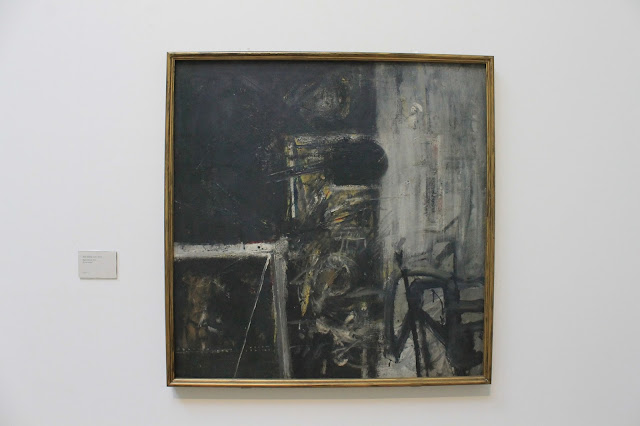This lesson was quite an experience for me because I have learned a new technique that will be very useful in the future. Since it was our first lesson in the darkroom, we had to get through some safety procedures before we could enter the room. Our main task was to create a few photograms from objects we earlier found outside (leaves, stones, literally anything). I should probably explain what a photogram is, before I say more. A photogram is a picture made in the darkroom without a camera. It requires photographic paper, a timer, a few objects for the idea, and an enlarger. The final effect is usually a negative picture with the shadows of the objects placed on it. Depending on how much light the photographic paper is exposed to, the tone will change. The first time around I used only 5 seconds of light. I had some difficulties with the aperture and the developers so I asked Ania to be my guide through the whole process, since she had already worked in a darkroom before. This was quite helpful for me, especially during the development process in which the film is treated in chemicals. There are three trays, one for each liquid (to develop, to stop, and to fix),some are more or less toxic, but altogether if you are a very curious monkey you probably should go see this page. A nonstop water supply is also very important not only for the developing process but also for safety.
research materials taken from:
http://www.photograms.org
http://sliceofpink.typepad.com
http://www.diyphotography.net
http://en.wikipedia.org


















































